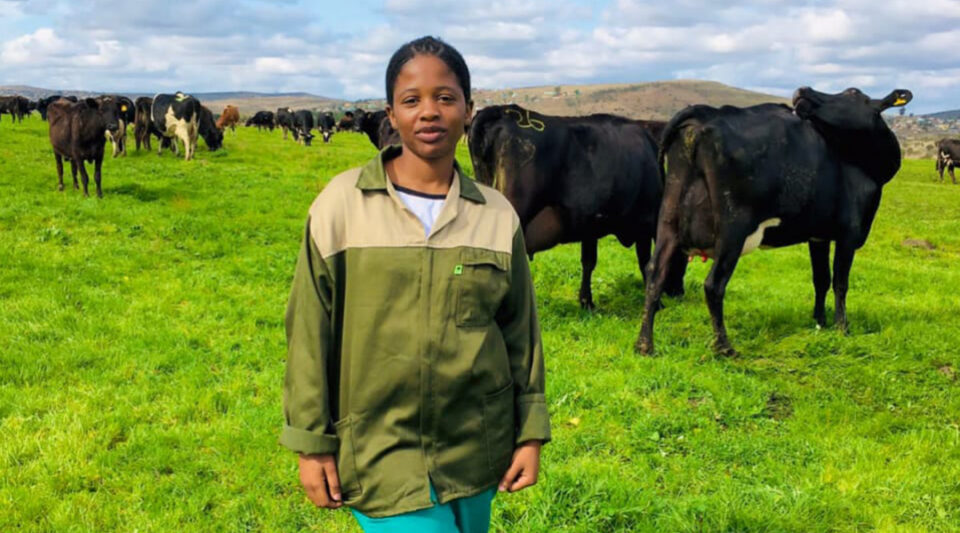Across Africa, pastoralists and livestock keepers play a vital role in sustaining herding systems that are deeply intertwined with our landscapes, national food security, economic development, and ecological stability. In Senegal alone, nearly 70% of land is used for grazing—highlighting just how central livestock is to our way of life.
Yet, a false narrative persists: that achieving environmental sustainability requires choosing between ecosystems and livestock. Livestock is often labeled an “environmental liability”—but this oversimplification overlooks the innovation and potential of African pastoralism.
Across the continent, forward-thinking approaches and technologies are proving that livestock production and environmental health are not mutually exclusive. The challenge now is to scale these innovations through stronger investment and collaboration.
Despite sub-Saharan Africa being home to over 85% of the world’s pastoralists, the region accounts for just 2.8% of global meat and milk production. This shortfall contributes to widespread malnutrition, with one in five Africans lacking access to adequate nutrition, including vital animal-source foods. Simple interventions—a daily egg, a cup of milk, or a small portion of meat—can significantly improve health outcomes.
Meanwhile, Africa is experiencing the world’s fastest rates of population growth and urbanization, with demand for meat and dairy projected to triple by 2050. This surge in demand need not come at the environment’s expense.
In Senegal, pastoralists strategically move their herds in ways that mimic natural grazing cycles, guided by rainfall patterns to avoid overgrazing. This method enhances biodiversity, soil health, and reduces dry vegetation that fuels wildfires. To support this, the Senegalese government provides pastoralists with weather forecasts to improve grazing efficiency and herd management. This community-centered approach has shown promise in resolving land and water conflicts while helping restore degraded ecosystems.
Elsewhere, animal health solutions are proving that better—not fewer—animals is the sustainable path forward. In regions affected by East Coast fever, vaccination campaigns have reduced calf mortality by up to 95%, saving over 400,000 cattle in the last 25 years and cutting emissions by as much as 40%.
In Mali, thermotolerant vaccines for the highly contagious peste des petits ruminants (PPR) are preventing significant losses among sheep and goat farmers—animals especially critical to resilience in the face of climate change. Reducing the $147 million in annual PPR-related losses across Africa will be key to feeding the continent’s growing population.
However, despite clear success stories, millions of smallholders and subsistence farmers—who make up the bulk of Africa’s livestock keepers—still lack the resources and knowledge to adopt these innovations. For sustainable livestock development to succeed, we must bridge this gap.
Two actions are crucial:
-
Enhanced Collaboration: Policymakers, researchers, businesses, and farmers must work together to better understand the realities of livestock production on the ground. Initiatives like the Livestock and Climate Solutions Hub from the International Livestock Research Institute (ILRI) are already demonstrating practical ways to reduce the environmental footprint of herds while improving productivity.
-
Greater Investment: Despite its importance, the livestock sector has long been underfunded, receiving just 0.25% of global overseas development assistance as of 2017. Without making it financially viable for farmers to adopt sustainable practices and technologies, efforts will remain stalled.
The upcoming World Bank Spring Meetings provide a timely opportunity to change course—by integrating livestock into green financing mechanisms and development frameworks. Simultaneously, African nations must prioritize livestock in their national development and climate action plans, which will help attract funding and stimulate broader investment in the sector.
The solutions are already within reach. What’s needed now is the political will and financial commitment to unlock Africa’s unique potential—creating a future where livestock contributes to both prosperity and environmental sustainability.



